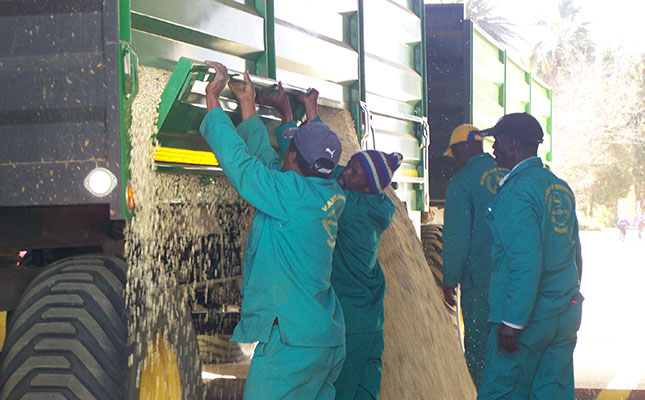
Photo: FW Archive
The employment figures for the first quarter of 2022 announced by Statistics South Africa in its Quarterly Labour Force Survey (LFS) on Monday (30 May) highlighted the importance of the agriculture sector as an employer in South Africa.
This was according to Lebogang Sethusha, head of Agri SA’s Centre of Excellence for Labour, who said in a statement that this was of importance in a country characterised by rampant unemployment.
According to her, employment in the sector decreased by 23 000 jobs quarter-on-quarter, from 868 000 in the fourth quarter of 2021 to 844 00 in the first quarter of 2022. However, employment year-on-year (y/y) increased by 52 000 jobs, which equated to a 6,6% growth over this period.
At a provincial level, employment in the Western Cape increased by 68 000 jobs y/y (up 49,8%), while employment in the Free State increased by 29 000 jobs y/y (up 52,7%). In contrast, KwaZulu-Natal saw a decline of 44 000 jobs y/y (down 34,2%), while Gauteng saw a decline of 15 000 jobs y/y (down 34,7%).
There was also a decline of 15 000 jobs y/y (down 7,7%) in the Eastern Cape; Mpumalanga saw a decline of 18 000 jobs y/y (down 16,2%).
However, the Northern Cape saw an increase of 10 000 jobs y/y (up 25,3%), while North West saw an increase of 12 000 jobs y/y (up 30,2%).
Bennie van Zyl, TAU SA general manager, told Farmer’s Weekly that an ongoing decline in agricultural employment could be expected as long as the industry suffered from the current low labour productivity rate.
“The time has come for South African decision-makers to realise that primary producers are confronted with very low profit margins. This means that they are looking more and more at ways to ensure the long-term sustainability and profitability of their farming concerns.
“They are increasingly confronted by a choice between the implementation of technology, and endemic low productivity from the side of the labour force,” he said.
According to Van Zyl, South Africa urgently needed economic growth, but for this to happen, well trained and skilled workers were needed.
It was time for the labour sector to realise that without increased efficiency and productivity, more and more jobs would be lost to technological alternatives, which would push up the unemployment rate even more, he said.
Sethusha added that despite the positive overall employment results, the sector’s growth continued to be stifled by poor infrastructure and rising input costs.
She said it was vital that these and other challenges facing the sector were addressed in order to reach the goals set out in the National Development Plan, particularly the goal of creating one million jobs in the sector by 2030.












